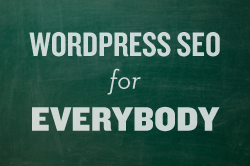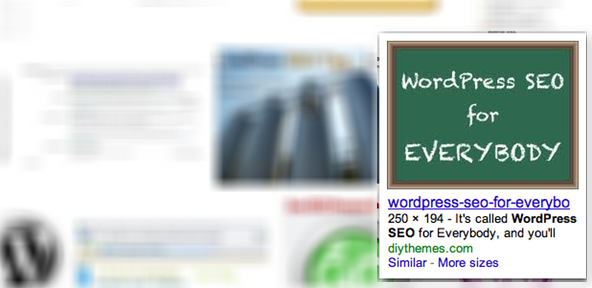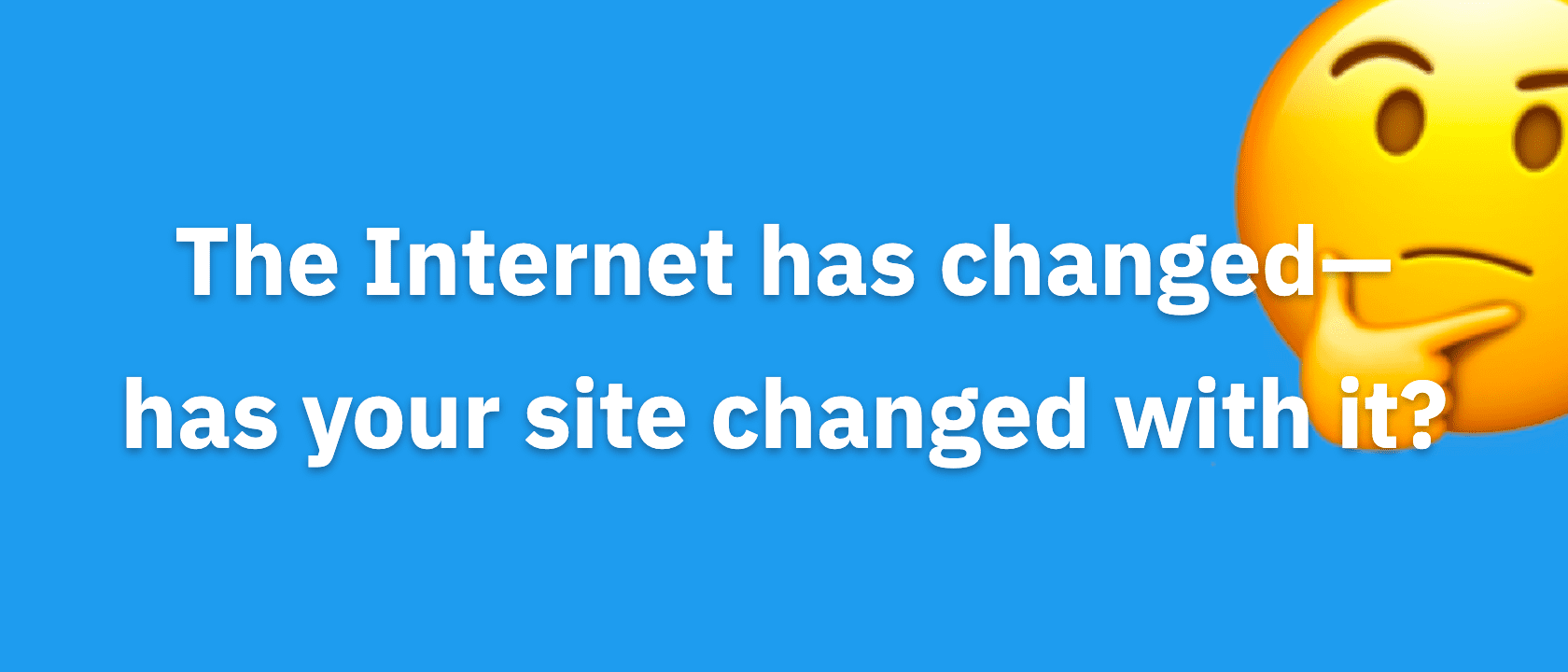
You may not realize this, but images can generate a TON of traffic from image-based search engines (Google Images for example).
If you want more of this traffic, you must learn how to optimize your images to score some of this traffic.
Luckily, it’s easier than you think… once you know what to do.
And that’s why we’re adding this tutorial to our WordPress SEO for everybody series. So, keep reading.
Image Optimization Best-Practice #1: Alt Text
When you see a picture of a baby crying, you instantly recognize what’s going on in the picture.
The problem is, this instant recognition isn’t possible for search engine spiders at this time. Instead, you must help the spiders understand each of your images with alt text.
What is image alt text?
The short answer is, it’s the text that the search engine uses to understand images.
To include it, you simply add alt="this is your alt text" to your image tag. Here’s an example:
<img src="baby-crying.jpg" alt="Baby Crying" />
It’s that simple.
Image Optimization Best-Practice #2: File Size
You know page load times matter for SEO, right now, right?
Right.
So, to ensure that your images don’t torpedo your fast load times, make the image file size as small as possible (without sacrificing quality, of course).
With free tools like Picnik and Image Optimizer at your disposal, there’s no excuse 🙂
Oh, and one more thing…
DO NOT let your browser resize a large image to look smaller.
When you have a large image, and input height and width tags on that image to make the image smaller, people load the large image first, and then the browser resizes it.
To solve it, always use an image editing program to make your image a desired size, and upload that.
Image Optimization Best-Practice #3: File Name
Before you upload your image, pick a descriptive filename—preferably a file name you want that image to rank for—because it will help with your search engine rankings.
For example, if you want to see this in action, just do a sample search and view the images that rank. They almost always have the keyword you searched for in their file name.
Or, see the image below… here with WordPress SEO.

Image Optimization Best-Practice #4: Captions
As of right now, there’s no direct relation between image captions and search engine rankings (that I know of).
However, bounce rates are taken into account.
What do I mean by bounce rate?
If someone searches for a term, clicks on your page, and bounces back to the search page quickly, search engines use that as a factor for rankings.
It makes sense too… Why would someone go back to the search results?
Because the content they clicked on didn’t satisfy what they were looking for.
And that’s where image captions come in.
Next to your headline, image captions are important because they are one of the most well-read pieces of content on your entire site.
So, if you fail to use them, you’re losing out on one more chance to lower your bounce rate.
The Bottom Line
If you spend hours crafting the perfect post, don’t miss out on the chance to optimize your images for maximum search engine benefit. All of these steps should take you no longer than a few minutes, and sometimes, it really can be the “icing on the cake.”
